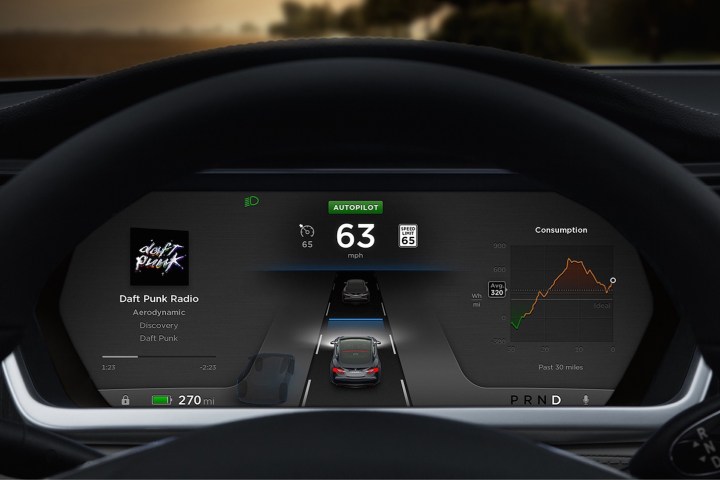
The official notification raised some eyebrows and pushback. The criticism was based on the assumption that Tesla Autopilot is a fully autonomous feature, which it is not. Tesla has consistently stated that autopilot is a driver assistance feature. When drivers engage it they are given a visual reminder to stay alert and maintain control. Additional visual and audio alerts appear if drivers keep their hands off the wheel or if the Autopilot system senses and impending danger.
The letter sent to the Tesla owners states that public perception of the system requires the letter be sent. Apparently, too many people are expecting too much of the system — driving and using Autopilot as if autopilot actually is capable of autonomous control even though the manufacturer warns it is not.
The letter repeats several times that Autopilot is for driver assistance only and therefore driver attention and control are required at all times. Owners are directed to read the Tesla owner’s manual, especially the chapter “Driver Assistance — restrictions.” That chapter outlines the Autopilot system’s limitations and describes the alerts that will be given.
In summarizing the warnings and strictures, the letter states — as translated from the original German — “In this context, there is executed the following: ‘It is for the driver to stay alert, drive safely, and at any time to keep control of the vehicle.'”
The 10-to-15-year shift to autonomous vehicles has started. Three factors will be evident until the technology fully develops. Drivers will assume semi-autonomous or assistance systems are more capable than they actually are. Carmakers will walk a thin line between marketing and caution. Government regulatory agencies and consumer groups will be watchful, balancing the eventual traffic safety of fully self-driving cars with drivers’ irresponsible use of incrementally improving assistance features.
Editors' Recommendations
- Tesla’s Full Self-Driving beta lands for select drivers next week
- Tesla’s Autopilot is in the hot seat again over driver misuse




